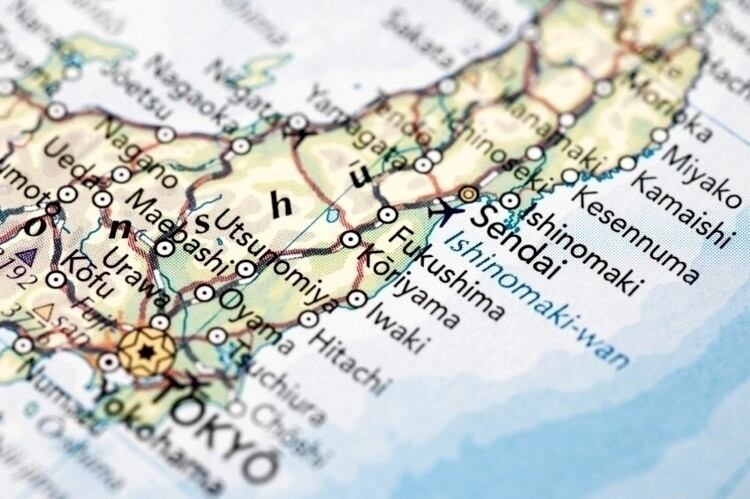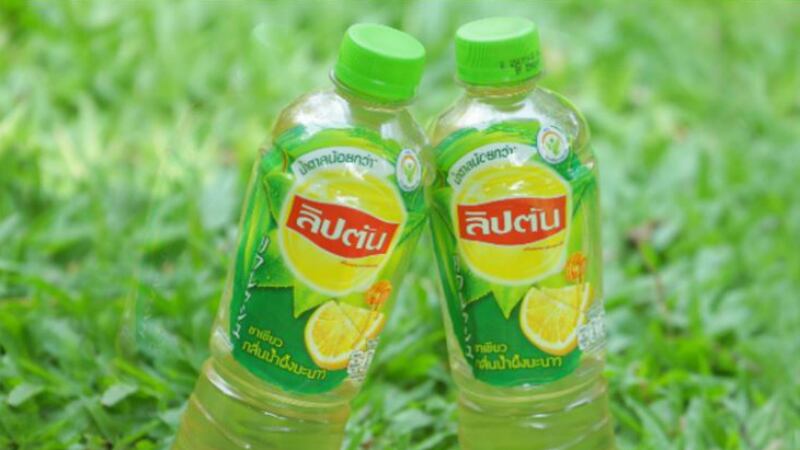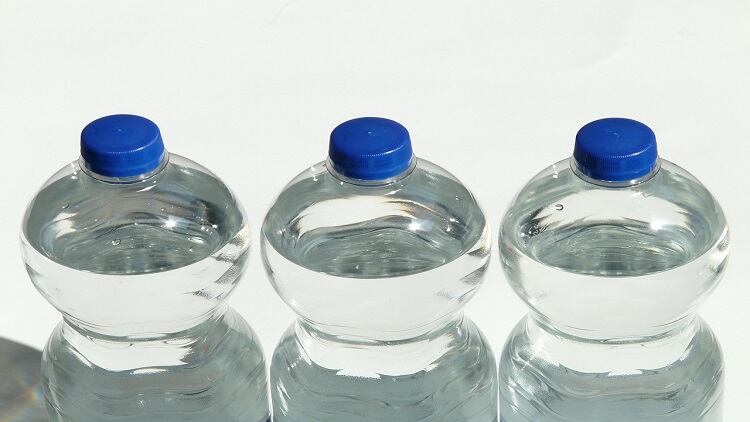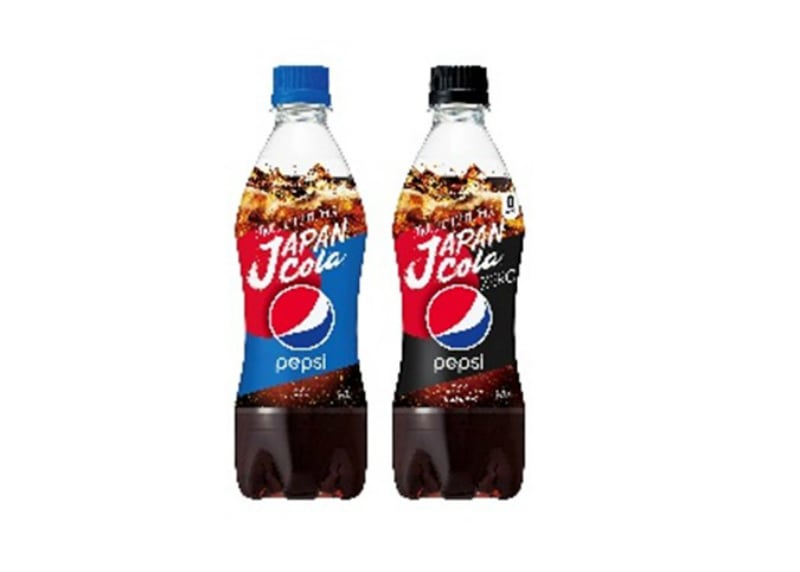FoodNavigator-Asia recently spoke to Naohiko Yokoshima, the Director of Export Promotion Division, Food Industry Bureau at Japan’s Ministry of Agriculture, Forestry and Fisheries (MAFF) to find out more about the ministry's strategies to promote food produced in Fukushima.
He said that one of the key strategies included regular and sustained engagement with foreign governments to prove the safety of exports from the region.
“For the foreign markets, we should explain how safe Japan’s food supply is, including the food from Fukushima prefecture, and so, we have a good cooperation with the Ministry of Foreign Affairs. If any opportunity arises, the minister of my ministry (MAFF) will go abroad and provide samples of fruits grown in the Fukushima prefecture of other areas from Japan,” he said.
Even for countries where import bans remain, he added there were also other ways to change perceptions.
He said inviting tourists to experience life and consume the food produced in Fukushima was “a very powerful promotion in regaining the trust of foreign consumers.”
Citing the export figures from Fukushima Prefecture recorded in FY 2017, he said that volumes were now higher than those recorded before the disaster struck.
In FY 2017, 213 tons of agricultural products produced in Fukushima were exported, the largest volume since FY 2005, Governor Masao Uchibori of Fukushima Prefecture previously announced.
Some of the popular products from Fukushima included sake, peach, apples, and pears, Yokoshima said.
Domestic sentiments
Yokoshima also said that Japanese were also more accepting of products from nuclear-hit areas.
Highlighting results from a recent online survey conducted by the Consumer Affairs Agency, the proportion of people in metropolitan areas in Japan who were hesitant about buying food from Fukushima had hit a record low of 12.5%.
This was a 0.2% drop as compared to the previous survey carried out in February last year.
He said that the growing acceptance was due to government’s effective dissemination of information and structures put in place to ensure food safety.
“Also, if we were to find radioactive contamination, there is a regulation under the Food Sanitation Act which requires the products to be recalled and disposed. If there are some areas which have a higher radioactive level, there will also be restriction on the distribution of food from these areas, or the supply of the contaminated food will be cut off.”
He revealed that some of these products included wild deers and white mushrooms from prefectures surrounding Fukushima.
Lab findings
Since the nuclear disaster, the Japanese government has conducted two types of inspections to monitor radioactive levels in agricultural products from Fukushima.
Yokoshima stressed that the amount of radioactive material had been below limits.
According to Japan’s Ministry of Health, Labour and Welfare (MHLW), since early 2013, none of the farm products and fishery harvests have exceeded the Codex guideline of 1,000 becquerel/kg. This inspection was conducted by the prefecture government in accordance to the Food Sanitation Act.
Since 2012, MHLW also conducted market inspection every six months, which showed that the amount of annual radioactive dose was only 0.1% of the maximum level of one mSv per year.
On the other hand, MAFF had also educated farmers on measures to avoid radioactive substances from seeping into their crops.
For instance, farmers were advised to chop away tree branches and leaves to avoid penetration of radioactive material from contaminating the fruits. Others include removing the surface of the soil to avoid nuclear content from being absorbed by the crops.





